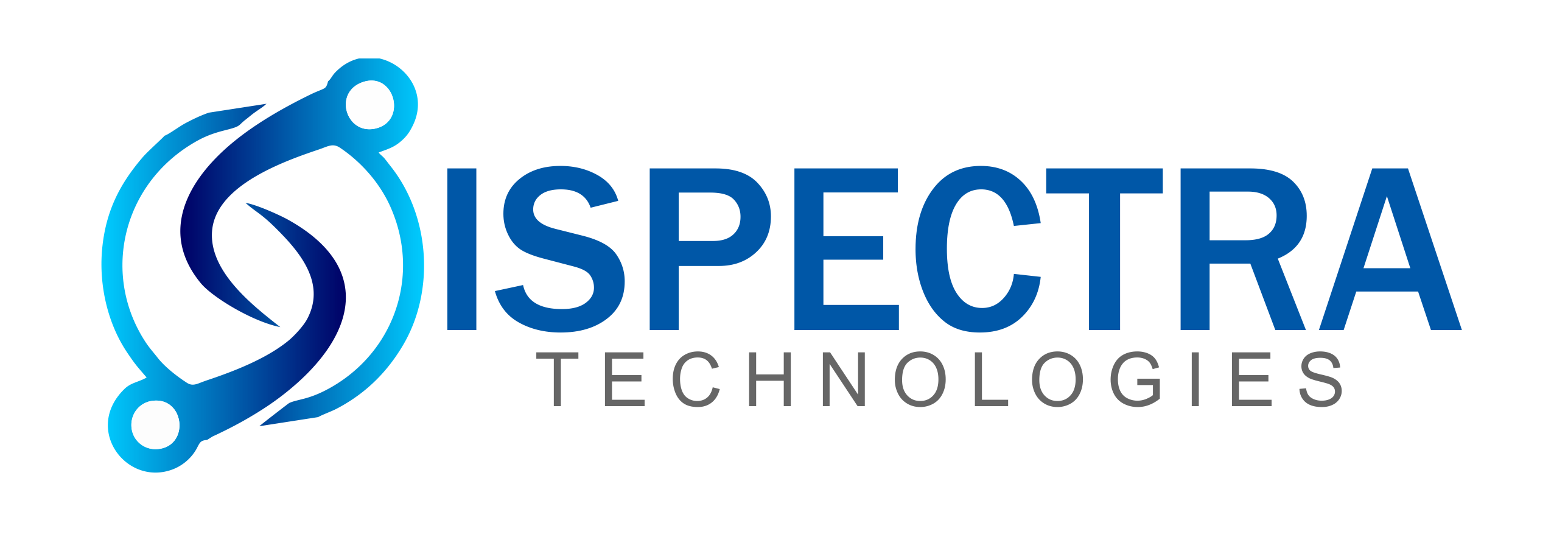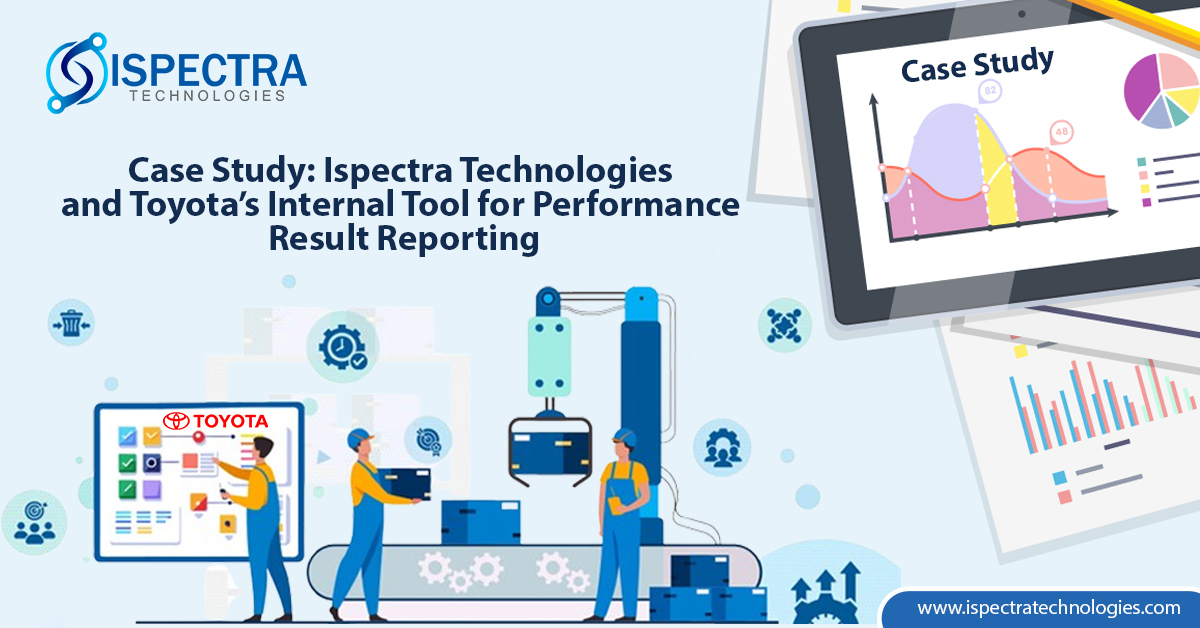1. Introduction
- Client: Toyota
- Service Provider: Ispectra Technologies
- Project: Development of an internal performance result reporting tool with database normalization.
- Industry: Automotive
- Timeline: 3 Months
2. Background
- About Toyota: Toyota is a global leader in the automotive industry, continually integrating cutting-edge technologies to improve its business processes, product quality, and operational efficiency.
- Business Challenge: As Toyota expanded its use of various internal tools and systems, the need for a centralized platform to track performance metrics across different departments became critical. Managing large datasets and ensuring data accuracy were major challenges due to data redundancy, inefficiency in querying, and the lack of a unified reporting system.
3. Objectives
- Develop a performance reporting tool that:
- Tracks and reports on key performance metrics across Toyota’s various operations.
- Provides real-time data insights for better decision-making.
- Offers data visualization to simplify performance tracking.
- Ensures database efficiency and data accuracy using database normalization techniques to reduce redundancy and optimize performance.
4. Solution
- Technology Stack: React for Frontend and Node JS for Backend
- Database Normalization Solution: To efficiently handle Toyota’s vast amounts of performance data across multiple operations, Ispectra Technologies implemented a database normalization solution that optimized data structure and reduced redundancy.
Normalization Process:
- First Normal Form (1NF): Ensured atomicity of data by organizing the information into separate tables with unique primary keys. Each table handled specific performance metrics, and no repeating groups were allowed.
- Second Normal Form (2NF): All non-key attributes were made fully dependent on the primary key, ensuring that there was no partial dependency within the tables. For instance, operational units, performance metrics, and time intervals were stored in different tables to avoid any overlap.
- Third Normal Form (3NF): Non-key attributes were made independent of each other, removing transitive dependencies. This ensured that Toyota’s performance data was consistently organized, with each piece of data only stored once, drastically reducing redundancy.
- Key Features of the Tool:
- Performance Tracking Module: Provides detailed and real-time tracking of operational and system performance across Toyota’s global operations.
- Real-Time Reporting: Dashboards and reports that provide a comprehensive view of performance data, giving managers and decision-makers the ability to quickly assess the efficiency and health of Toyota’s operations.
- Data Visualization: Offers graphical representations of performance trends and metrics, helping users understand complex datasets easily.
- Normalized Database: Efficiently stores and organizes large volumes of performance data, enabling faster query response times and better resource utilization.
- Custom Report Generation: Allows different teams to generate customized performance reports, focusing on specific departments or metrics as needed.
5. Implementation
- Phases:
- Phase 1: Requirement analysis, involving Toyota’s operational managers and technical teams to identify key performance metrics and data management needs.
- Phase 2: Design and architecture of the reporting tool, with a focus on data integrity and scalability through database normalization.
- Phase 3: Development and integration, involving real-time data collection from various operational units and systems within Toyota.
- Phase 4: Testing and deployment, with data validation to ensure that the tool provides accurate and meaningful insights.
- Phase 5: Training and support for Toyota’s internal teams to effectively use the tool and interpret the reports.
- Challenges Overcome:
- Data Complexity: Managing a large amount of data from various departments, which required careful structuring and normalization to ensure that queries and reports could be generated efficiently.
- System Integration: Integrating the tool with Toyota’s existing systems and ensuring seamless data flow between different departments.
- Data Redundancy: Reducing data duplication, which was addressed through a robust normalization process, resulting in faster access to performance data and improved accuracy.
6. Results
- Improved Data Management: The normalized database structure reduced data redundancy by more than 40%, leading to a more streamlined data storage system. This also improved query performance, reducing data retrieval times by 30%.
- Accurate Performance Reporting: Toyota’s teams now have real-time access to performance metrics, enabling them to quickly identify issues and make data-driven decisions.
- Scalability: The tool was designed to scale with Toyota’s growing needs, making it easier to incorporate additional performance metrics or expand its usage to other departments.
- Efficiency Gains: The automated reporting process reduced the time needed to manually collect and analyze data, allowing Toyota’s managers to focus on optimizing operations.
- Cross-Functional Collaboration: The tool fostered greater collaboration between Toyota’s departments by providing a unified platform for performance tracking, with customized access for different teams.
7. Conclusion
- Success Factors: The close collaboration between Toyota’s internal teams and Ispectra Technologies, combined with the implementation of an optimized, normalized database, led to a tool that improved performance reporting, reduced data complexity, and enhanced data integrity.
- Future Prospects: Toyota is considering expanding the tool’s capabilities to include predictive analytics and machine learning, which could provide proactive insights and further enhance decision-making.

